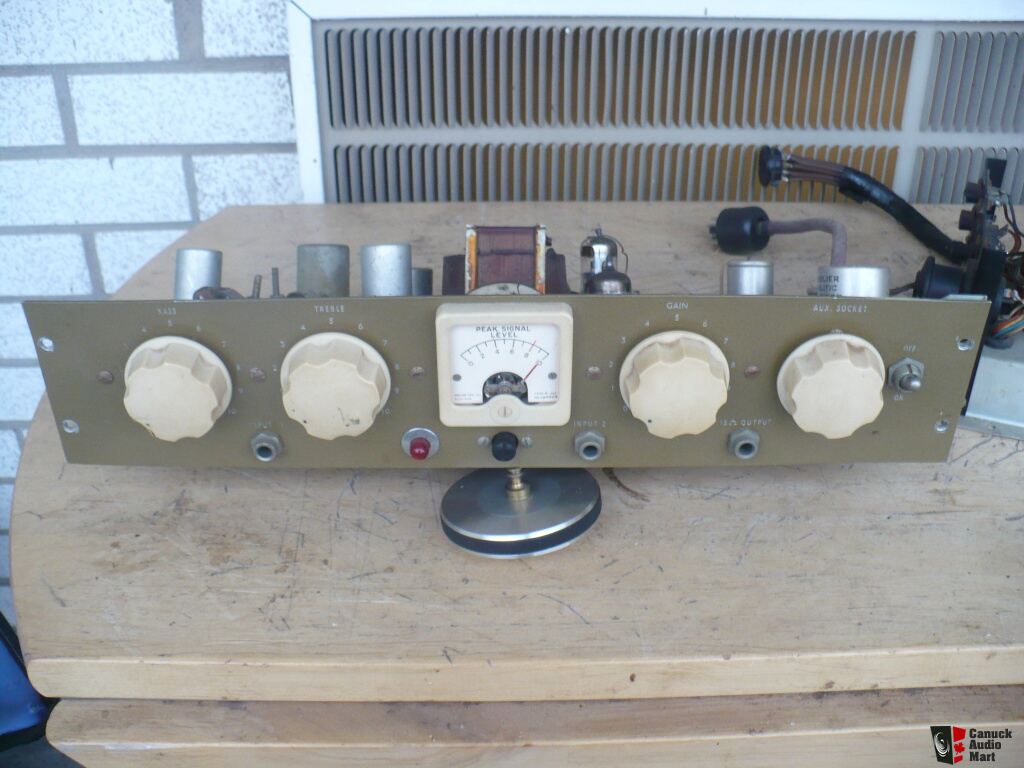EvLoutonian
Well-known member
- Joined
- Jul 8, 2010
- Messages
- 197
Hi Ferro-folks!
As I'm sure many of you have probably already noticed, the British-made "Ferrograph" reel to reel preamp units can be removed and modified to operate as standalone units - and apparently results can be pretty good. Some people have added balanced mic input stages, and balanced line out, as well as other possible features.
I have had a couple of these modules sitting around here for the past four years and I've been slowly slowly trying to work out how to do at least the most basic of mods to get them up and running.
So my question is basically, who has done this to any degree, and what modifications and tweaks are required to get it working?
Also, what additions do you think are worthwhile on top of the basic functions?
I realise a power supply is required for the high tension and filament voltages, which could presumably be done most easily if you already have the original power supply section from the base of the deck itself, or you could make up a new one from parts, or repurposed from another surplus device.
Are there other additional connections or changes that need to be made on the amplifier chassis itself, or any parts of the circuit that need to be removed (or switched out) to optimise for standalone use?
Which of the components would you replace in terms of resistors or cap's, and where would you leave them as stock (presuming everything is in tact)?
Here's the Ferrograph 5 circuit diagram:
http://www.morphet.org.uk/images/ferro/ferro-5man/circuit_diagram.gif
As I'm sure many of you have probably already noticed, the British-made "Ferrograph" reel to reel preamp units can be removed and modified to operate as standalone units - and apparently results can be pretty good. Some people have added balanced mic input stages, and balanced line out, as well as other possible features.
I have had a couple of these modules sitting around here for the past four years and I've been slowly slowly trying to work out how to do at least the most basic of mods to get them up and running.
So my question is basically, who has done this to any degree, and what modifications and tweaks are required to get it working?
Also, what additions do you think are worthwhile on top of the basic functions?
I realise a power supply is required for the high tension and filament voltages, which could presumably be done most easily if you already have the original power supply section from the base of the deck itself, or you could make up a new one from parts, or repurposed from another surplus device.
Are there other additional connections or changes that need to be made on the amplifier chassis itself, or any parts of the circuit that need to be removed (or switched out) to optimise for standalone use?
Which of the components would you replace in terms of resistors or cap's, and where would you leave them as stock (presuming everything is in tact)?
Here's the Ferrograph 5 circuit diagram:
http://www.morphet.org.uk/images/ferro/ferro-5man/circuit_diagram.gif





